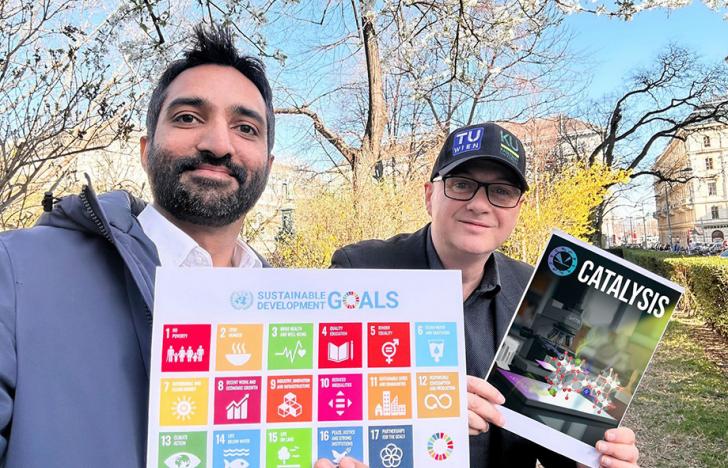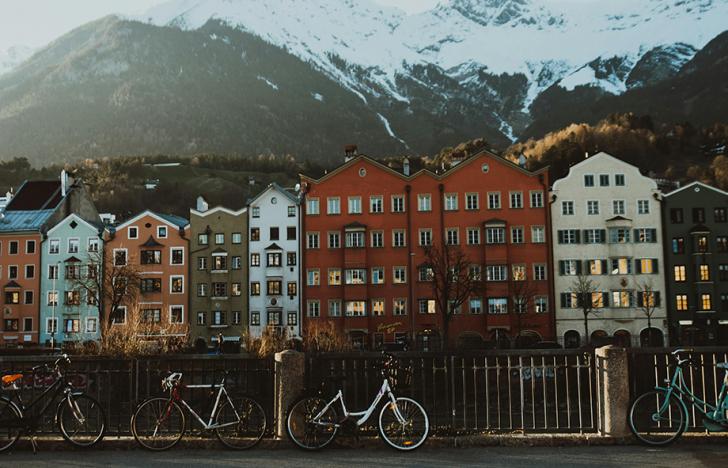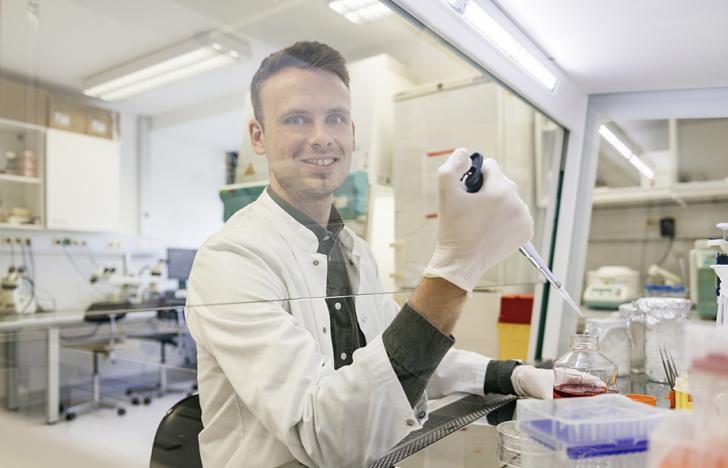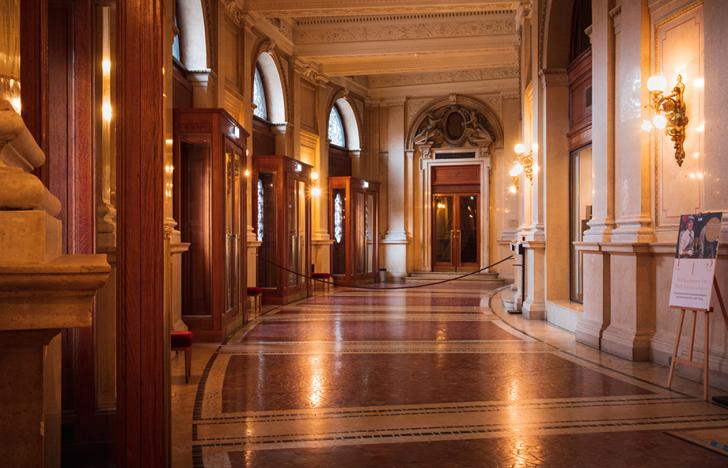Virtual fire brigade training
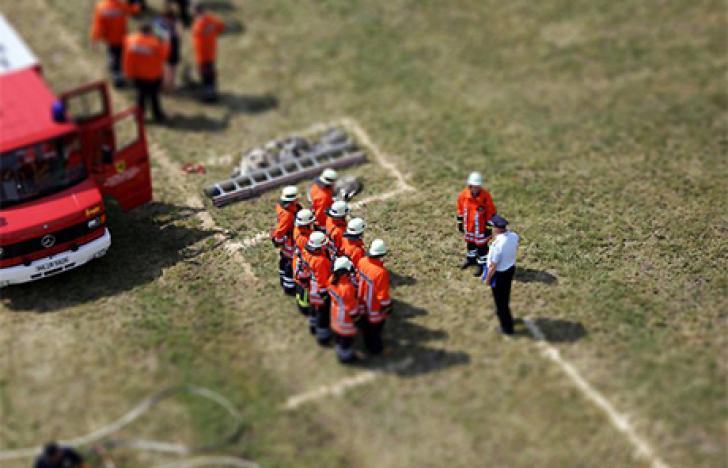 © piqs.de/grisu71
© piqs.de/grisu71Transformation of a crazy idea into a sector of industry - virtual reality is no longer unusual. In Vienna, the next development leap is being worked on.
(Vienna; English/german) Nowadays, it is no longer a problem to create virtual worlds with a manageable size. For a long time now it has been possible to install suitable cameras at home in the living room, put on VR glasses and immerse oneself in the virtual world. But in some cases this technique does not help: The area which the cameras can keep an eye on is limited. If one wants to build virtual worlds in large areas, or wants to be out and about in a virtual space with a larger number of other people at the same time, other methods are needed.
“The company Illusion Walk has contacted us with the goal to develop such methods" says Professor Hannes Kaufmann, head of the research group "Virtual and Augmented Reality" at the TU Vienna. "Together, we have found and developed a simple, cost-efficient and very effective solution - the ImmersiveDeck."
Cameras on the wall are no longer necessary, but instead a camera with a wide aperture angle is added directly to the virtual reality glasses of the user. The orientation in the room functions over QR codes which are mounted to the walls and the ceiling of the room. A variety of QR codes are read by the camera at the same time, which means that a very accurate position can be calculated.
Backpack technology
The necessary computer hardware is carried in a backpack - one therefore no longer needs a central computer calculating the images. "We achieve a minimum latency time and a fluent display of up to 90 images per second in this way", explains Kaufmann.
The new system has been successfully tested in Vienna on an area of 600m². Many application ideas exist for extra-large virtual realities: "One could use this to enable lifelike training in a cost-efficient manner - for example, for fire fighters, or also for specialist staff in factories", says Kaufmann. "It is also exciting for architecture: In the future, one could take a look at a new station hall and walk around in it, even before the pit is excavated."
The Virtual Reality Research Group is always looking for interested test subjects who want to participate in experiments.
------------------
Virtuelles Feuerwehrtraining
Von einer verrückten Idee zur Industriesparte – Virtual Reality ist nichts Ungewöhnliches mehr. In Wien arbeitet man am nächsten Entwicklungssprung.
Virtuelle Welten mit überschaubarer Größe zu schaffen, ist heute kein Problem mehr. Längst kann man zu Hause im Wohnzimmer passende Kameras installieren, eine VR-Brille aufsetzen und in die virtuelle Welt eintauchen. Doch in manchen Fällen hilft diese Technik nicht weiter: Der Bereich, den die Kameras im Blick behalten können, ist begrenzt. Will man auf großen Flächen virtuelle Welten aufbauen, oder möchte man mit einer größeren Zahl anderer Leute gleichzeitig im virtuellen Raum unterwegs sein, braucht es andere Methoden.
„Mit dem Ziel, solche neuen Methoden zu entwickeln, hat uns die Firma Illusion Walk kontaktiert“, sagt Prof. Hannes Kaufmann, Leiter der Forschungsgruppe „Virtual and Augmented Reality“ an der TU Wien. „Gemeinsam haben wir eine einfache, kostengünstige und sehr leistungsfähige Lösung gefunden und entwickelt – das ImmersiveDeck.“
Kameras an der Wand sind nicht mehr nötig, dafür kommt eine Kamera mit weitem Öffnungswinkel direkt auf die Virtual-Reality-Brille des Users. Die Orientierung im Raum funktioniert über QR-Codes, die an den Wänden und an der Decke des Raumes angebracht sind. Eine Vielzahl von QR-Codes werden von der Kamera gleichzeitig gelesen, daraus kann sehr genau die Position errechnet werden.
Rucksacktechnik
Die nötige Computerhardware trägt man in einem Backpack mit sich herum – man braucht somit keinen zentralen Computer mehr, der die Bilder berechnet. „Dadurch erreichen wir eine minimale Latenzzeit und eine flüssige Darstellung von bis zu 90 Bildern in der Sekunde“, erklärt Kaufmann.
Auf einem 600m² großen Gelände in Wien wurde das neue System erfolgreich getestet. Anwendungsideen für extragroße virtuelle Realitäten gibt es viele: „Man könnte damit auf kostengünstige Weise lebensnahes Training ermöglichen – zum Beispiel für Feuerwehrleute, oder auch für Spezialpersonal in Fabriken“, meint Kaufmann. „Auch für die Architektur ist das spannend: Man könnte in Zukunft einen Blick in eine neue Bahnhofshalle werfen und in ihr herumspazieren, noch bevor die Baugrube ausgehoben ist.“
Die Virtual-Reality Forschungsgruppe ist immer wieder auf der Suche nach interessierten Testpersonen, die bei Experimenten mitmachen wollen.

